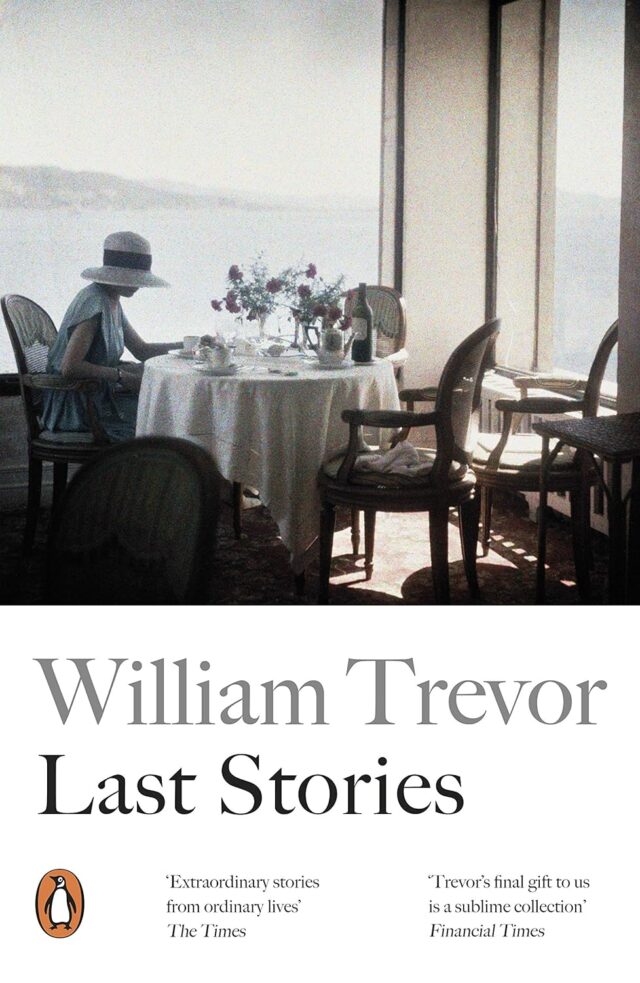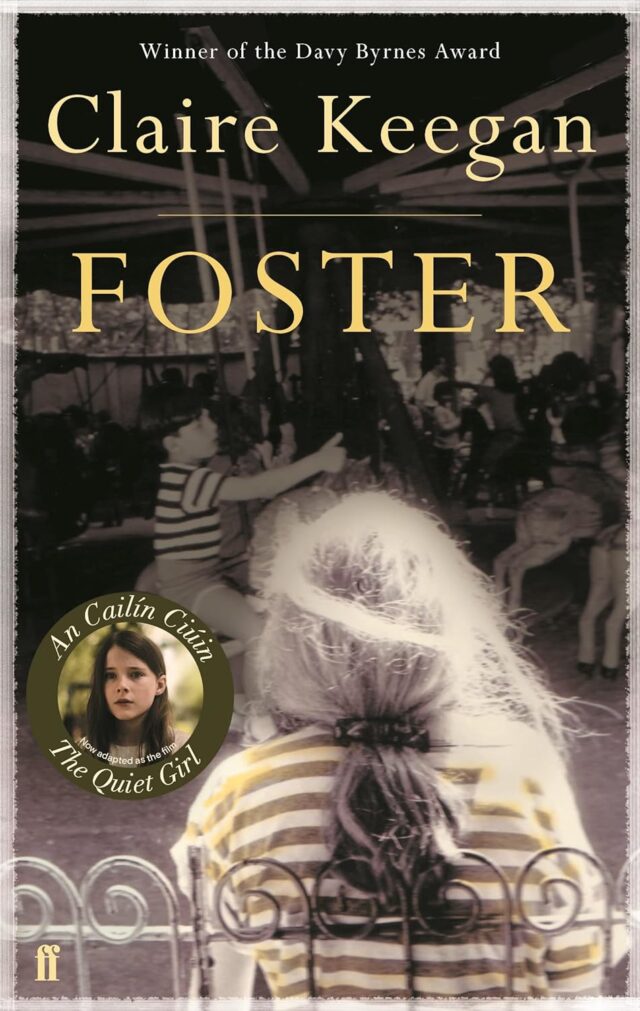The late author Tom Hayden – a civil rights activist, Vietnam War protester and one of the infamous Chicago Seven – left behind a treasure trove with his historical account of what it means to be Irish in America. It is also a joyful personal awakening, a riveting memoir – and epiphany of sorts.
I have not read anything comparable by any other contemporary Irish American that captures the Irish American experience so well.
Tom Hayden, who died in 2016, was an American social and political activist, author and politician. He went from being jailed to being elected a member of the California State legislature.
Hayden traces the Irish American experience and the discrimination awaiting the first Irish immigrants to their broad stereotyping in American popular culture.
He shatters the myths and stereotypes perpetrated about the Irish by deftly weaving his own family history into a larger tapestry — the Irish immigrant experience in America.
His great-grandparents were Irish Starvation immigrants to America, he says, “a fact I was never told,” and his maternal great-grandfather Emmet Garity, living in Wisconsin, harbored fugitive slaves and sent his sons off to fight in the Civil War — a contradiction of sorts, he notes.
Hayden recalls the immigrants’ “silence” about being Irish and the shame attached. “My mother, like my father, rarely if ever, revealed her Irish past.” And drinking alcohol to excess was the only Irish legacy passed on to him, as well as his repressed sexuality. He recalls his 84-year-old aunt saying, “You know, there wasn’t any advantage to being Irish in my day.”
Hayden’s odyssey begins in the late 1960s. The moment he discovers he is Irish on the inside comes in 1968, when he sees marchers in Northern Ireland singing “We Shall Overcome” – while astutely observing that “the concept of standing for radical change in both America and Ireland had few backers.”
Hayden calls his cathartic memoir an “autobiography of identity,” but it is so much more. So many fascinating and historically important individuals make appearances in this book –and Hayden’s perceptions of them are illuminating. For example, he recalls Mayor Richard Daley of Chicago as “a legendary figure, this round, red-faced, 60-year-old Irish Buddha, [who] was not without a certain charm. We respected his unpolished platitudes, his protection of working people and his awareness of being one of a kind, a museum piece.”
He confides that Bobby Kennedy, a personal and political ally, was the only politician who interested him. His recollection of his final meeting with RFK, just days before his death, is tinged with poignancy, “He seemed battered from relentless campaigning, his face was wind-burned, and his hands were reddened and scratched from shaking thousands of clinging hands in Watts that day. We were in an elevator. I told him of the plans for demonstrations in Chicago and the problems we were having obtaining permits from Mayor Daley. “’See you there,’ I remember him saying. A few days later, he was martyred.”
Bobby’s death hit Hayden hard – feelings that are sure to strike a similar chord in many of Hayden’s generation, also captivated by the compassion and idealism of this senator from New York. Hayden recalls the night Bobby’s body was flown to New York. It was well past midnight in St. Patrick’s Cathedral. He was asked to be part of a makeshift honor guard. When he returned to his pew he says, “I was crying about Bobby, about the war, about the poor, about fate. Life in America was not as my parents promised it would be. Here in the sanctuary of Irish assimilation, another symbol of that success was dead.”
Hayden sets the record straight and rightly gives former President Bill Clinton the legacy he deserves. “It was not the Irish American political or religious establishment that produced the historic change in American policy towards Northern Ireland in 1993 so much as it was Bill Clinton himself, a man of the sixties, a Southern Protestant with distant ancestral ties to shanty Irish.”
Clinton, he says, made Northern Ireland “no longer an internal matter of the United Kingdom and no longer under the jurisdiction of his own State Department.”
He recalls his surprise with Socialist Democratic Leadership Party (SDLP) leader John Hume’s vocal opposition to the MacBride Principles when Hume visited Hayden’s home in Santa Monica to lobby against Hayden’s introducing the legislation in the California State legislature. “He was much more concerned with Sinn Fein drawing support among Northern Catholics than with the substance of the issue itself … anything that brought legitimacy to Sinn Fein was to be rejected.”
Hayden paints a vivid picture of former Northern Ireland Secretary Mo Mowlam, a “hard-drinking, barefooted, bareheaded Englishwoman who could expel an Irish nationalist party from peace talks on Irish soil … Suddenly Mo breezed in like a tornado. She threw off her coat, scarf and wig, in that order, sat down in a deep cushioned chair with legs up and poured herself a glass of scotch.”
Eventually, we are privy to a fascinating behind the scenes peek at the Northern Ireland peace talks and its key players. Hayden describes Sinn Fein President Gerry Adams as “one of those people made larger than life by his historic role … a rare individual who intriguingly believed his cause was worth fighting and dying for.”
His reaction to Adams’ talks in America may also be shared by many of Adam’s Irish American supporters. “He began each talk with a few sentences of greetings in the Irish language. It affected me powerfully each time I heard this introduction, reminding me of a distant heritage that was lost but could not be reclaimed.”
Hayden holds a mirror up to the syndrome of the “internalized infatuation with the colonizer,” citing former U.S. House Speaker Tom Foley, who became a Knight Commander of the Order of the British Empire “for his service to Britain.”
He cites former U.S. House Speaker Tip O’Neill for prohibiting the 93-member House Ad-Hoc Committee on Irish Affairs from holding public hearings on the ‘70s human rights violations in Northern Ireland while the British Information Service was cultivating a campaign of misinformation and U.S. law enforcement was targeting militant Irish American groups.
And he aptly labels Irish writer and former Irish government minister Conor Cruise O’Brien, a “caricature of a self-hating Irish intellectual”.
Hayden’s first trip to Northern Ireland in ‘71 was aborted. Upon his arrival on Irish soil, he was taken into custody, interrogated and escorted onto the next flight back to New York. Finally, in 1976, he began his first of many trips to the North.
In 1982, he was elected to the California State legislature and in 1983 he boycotted a visit by Queen Elizabeth II and Prince Philip to the California State Assembly. He was active in introducing the adoption of the MacBride Principles – of which he has this to say: “Never in my 18 years in the California legislature did I face such all-out and underhanded opposition to a bill.”
In 1997 he prepared legislation requiring that references to the Irish Famine be included in the next cycle of social science textbooks and watched as then Gov. Pete Wilson, harboring presidential aspirations, signed the bill and took credit for it.
When Hayden traveled to his ancestral home in County Monaghan in 1995 to search for the graves of his ancestors, this is what he found: “No names, no crosses, no flowers would mark the place of shame … not distinct mounds like the elevated graves in a cemetery, but the shape of bodies just under the blanket of green grazing grass. Piles of hardened cow dung rested alongside the mounds. So, here they were, my ancestors, as close as I could come to them … I sat on the wet ground; knelt involuntarily it seemed, as if I were in church for the first time in years. I took photos and placed a small rock in my pocket. Except for dizziness, I could not feel the emotions I wanted to feel. Like the history buried under those slopes, my emotions couldn’t be brought to the surface.”
Like hearing Gerry Adams for the first time, beginning his talks with greetings in the Irish, this book just sweeps you away!
Irish on The Inside, By Tom Hayden, Verso, New York, NY




